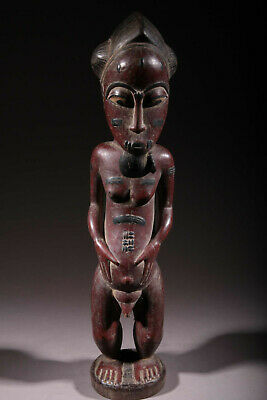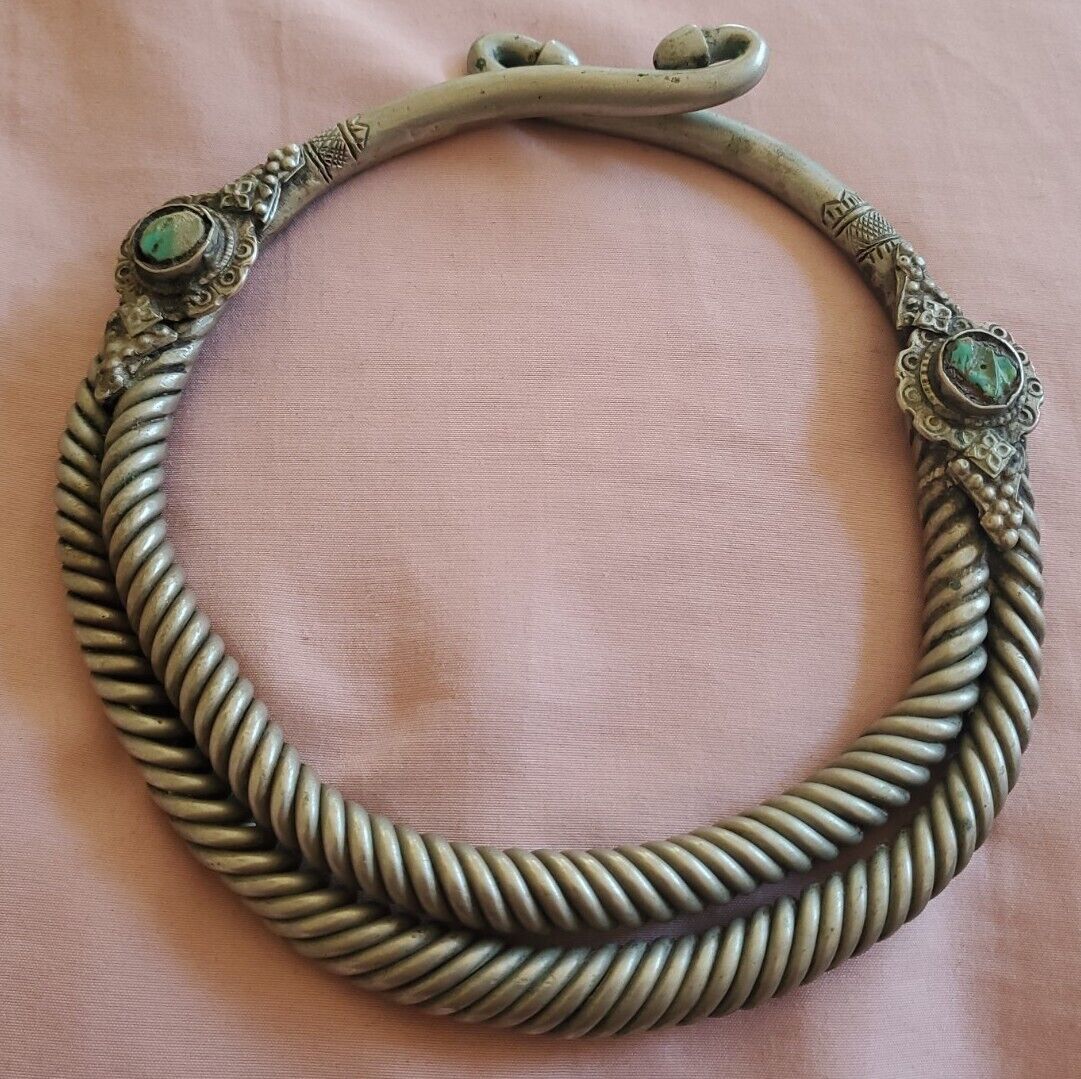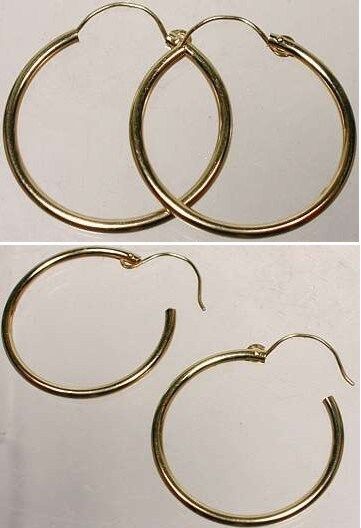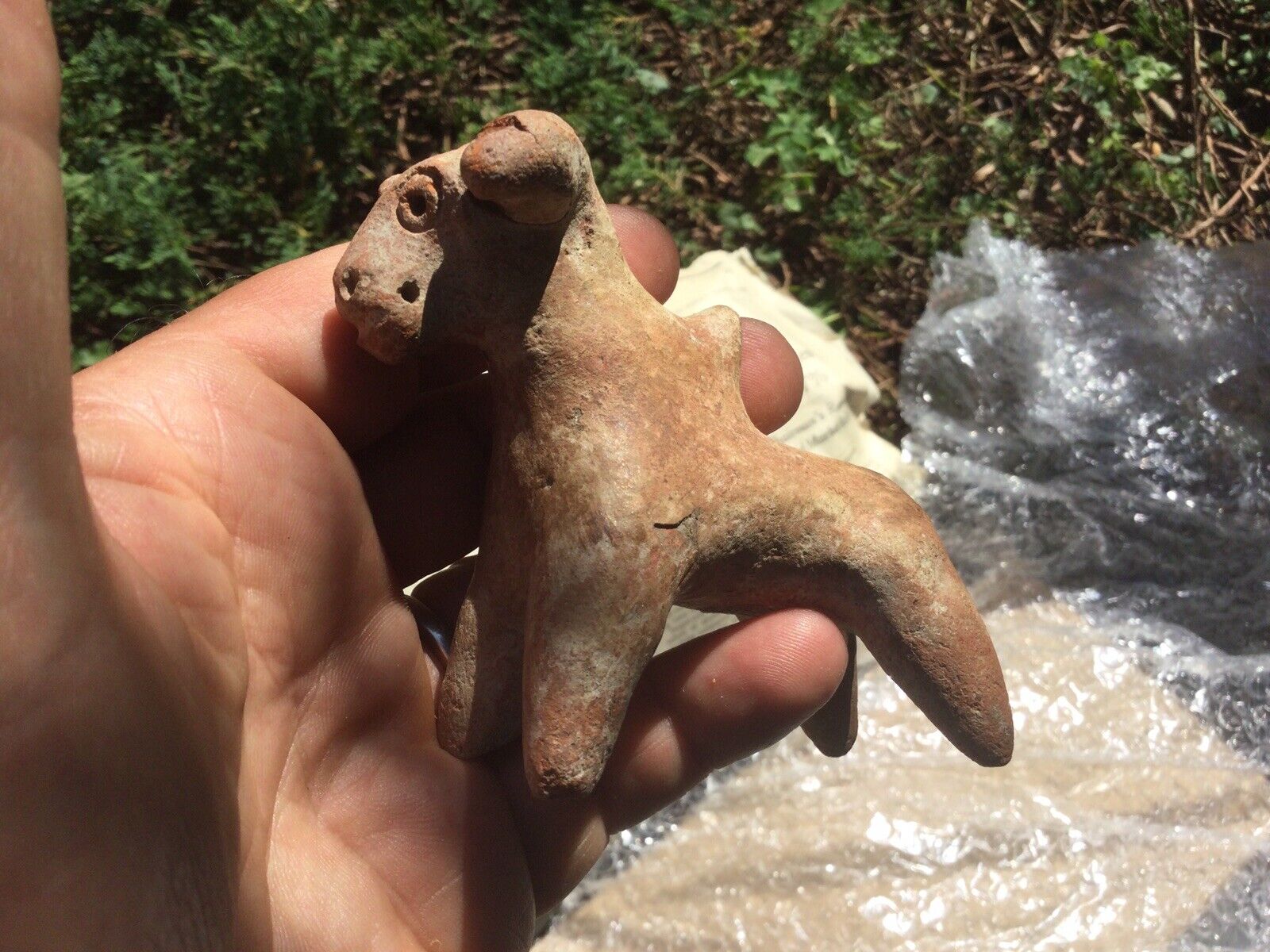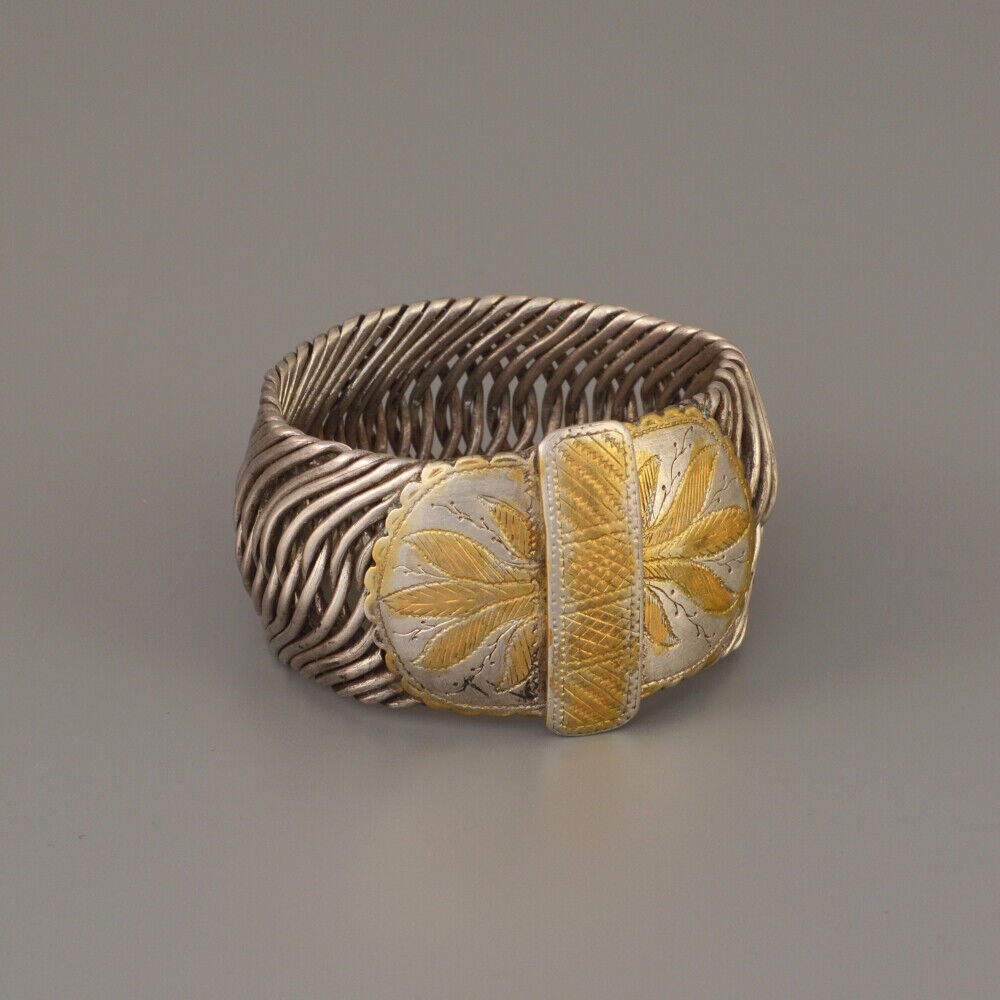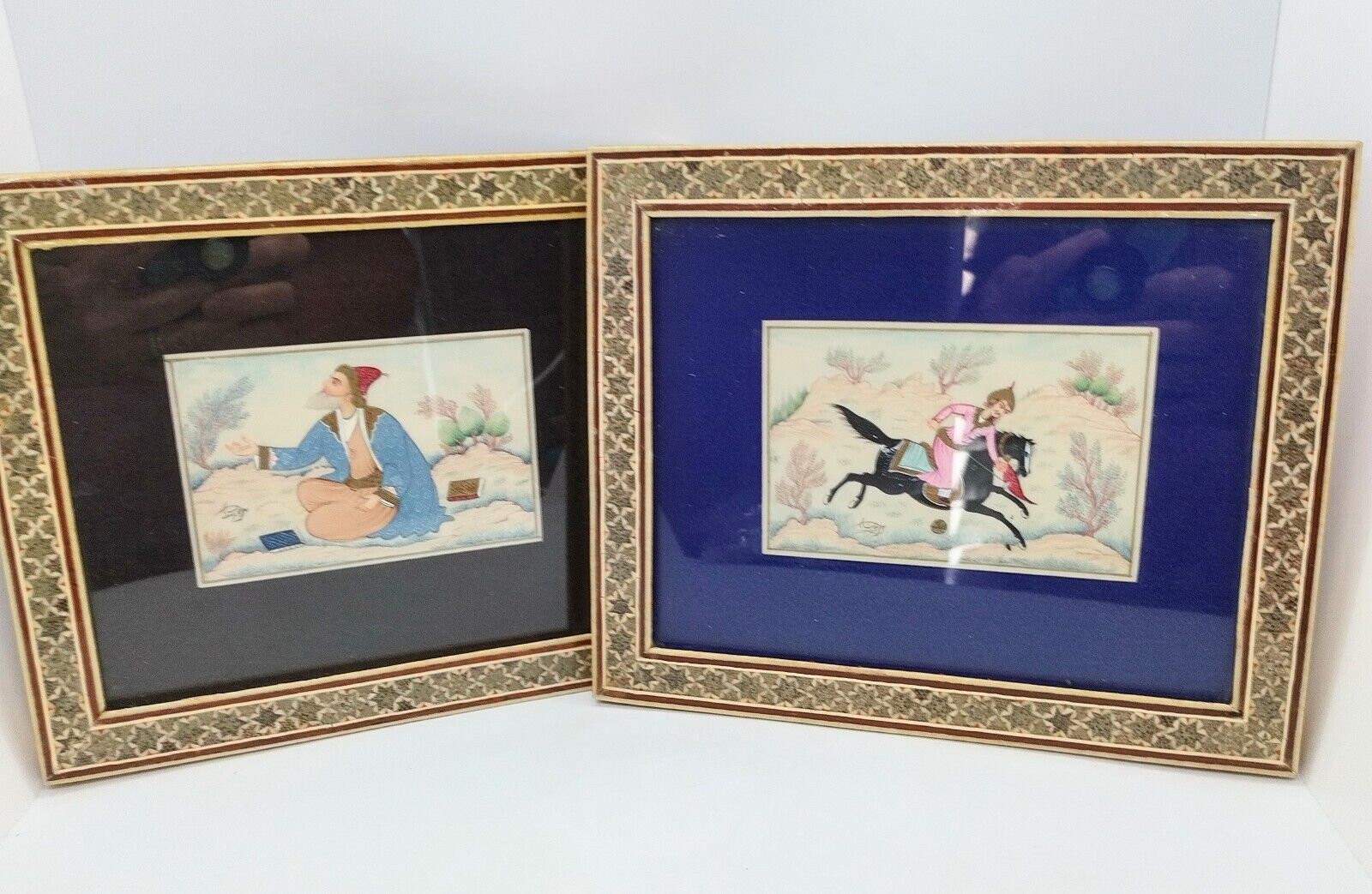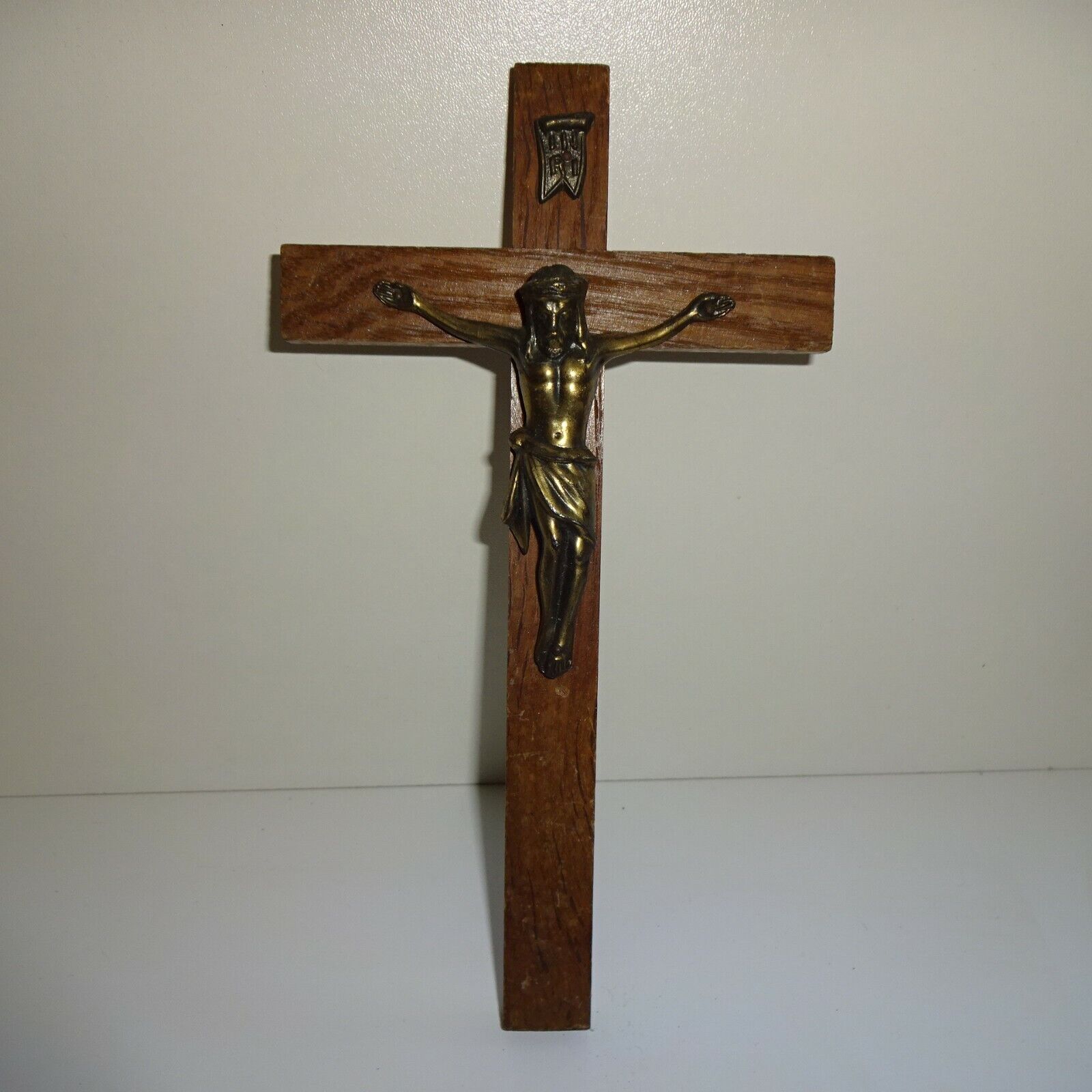-40%
Art African Statue Baoulé 1902
$ 442.03
- Description
- Size Guide
Description
Ref: sf-1902Height 40 CM
Product Description
Baoulé statue. Old piece over 50 years old.
The Baoulé are a people of Côte d'Ivoire living for the most part in the center of the country. They are about three million individuals and are part of the Akan group. In the 17th century, they were guided by members of the royal Baoulé clan, headed by Queen Abla Pokou. The name baoulé or `` ba ou li '' means the child is dead. This sacrifice gave the right to cross the Comoé River while they were being pursued by the enemy.
Queen Abla Pokou will extend her hegemony over the center of the country and create city-states organized into eight clans: Oualèbo, Nzikpli, Saafwè, Faafwè, Ahitou, Nanafwè, Agba and N'gban.
The Baoulé universe is made up of three realities: first the firmament which is in the domain of God (Annangaman Nyamien) then the terrestrial world, domain of living beings, human, animal, plant and geniuses. And finally the beyond (blôlô) domain of supernatural beings where the soul of the ancestors resides.
The Baoulé believe in a creator god (Nyamien), intangible and inaccessible. The god of the earth (Assiè) controls men and animals. Spirits or Amuen are endowed with supernatural powers. The real world is the opposite of the spiritual world (blôlô) from which souls come at birth and where they will return to their dead. Religion is founded on the idea of death and the immortality of the soul. The Baoulé are traditionally animists and despite the introduction of new cults (Catholic, Protestant, Deïma and Muslim), the vast majority remain so. The ancestors are the object of a cult but are not represented. This brings us back to individual worship. Generally the geniuses of the earth or (Assiè oussou) manifest the need to live with humans and even to marry (blôlô bian or blôlô bla). They are represented by statuettes and have fits of jealousy when their spouse leaves them. The Bonu Amuen (the spirits of the bush) protects the village from external threats, he imposes discipline on women and appears at the commemorations of the deaths of notables. The spirits of the bush have their own shrines where they receive sacrifices. When they intervene in community life, they take the form of a wooden helm representing a buffalo or an antelope and are worn with raffia costumes, metal anklets; the muzzle has teeth that embody the strength of the ferocious animal that must defend them. The Djè and Dô dances bear the name of Amuen because of their power. They have a function of protection against the envious and the evildoers. These Amuen need to be reactivated by sacrifices to maintain their powers. The Baoulé still dread the villages where the individuals who love the Amuen.
The baoulé are very mobile, which facilitated the movement of crops. They imported various types of dance on the trips. Baoulé history is remarkable for the recent nature of the constitution of the ethnic group; before 1730, the Baoulé as such did not exist; by the extremely heterogeneous character of the original background made up of Gouro, Sénoufo (Tagouana, Djimini, Djamala) and Akan (Alangurez and Assabou) to name only the most important groups; Baoulé culture bears the imprints of the Gouro, Malinké and Wan. This Malinké cultural influence on the Baoulé peoples is manifested more directly in the north of the Baoulé region (Bandaman valley) in the departments of Béoumi and Diabo. These sub-groups practice the initiation and excision ceremonies of the young girl.
The Djéla and the Goli (sacred dance and the faith of rejoicing are widespread in the central Bandaman region. They were borrowed from the Gouro and the Wan respectively. There is no doubt about the origin of these dances since they continue to be practiced in Gouro and Wan countries. The round Goli, '' lunar '', very characteristic, is surmounted by two horns. It was borrowed for a party by the Baoulé after 1900. Celebrating peace and joy, people sang, danced and drank palm wine. In the procession, the Goli preceded the four groups of dancers and represented the young adolescents. The Goli "'came out" on the occasion of the new harvest, the visit of dignitaries or the funeral of notables. The masks correspond to three types of dances: the gba gba, the bonu Amuen and the goh. They never represent ancestors and are always worn by men. Of Gouro origin, the gba gba is used at women's funerals and during the harvest season. He celebrates beauty and age, hence the finesse of his features. The double mask represents the marriage of the sun and the moon or of twins whose birth is always a good sign. The Adjanou is a sacred dance forbidden to the man who drives out evil spirits and ward off bad spells while protecting the community. Goldsmithing, which is an Akan specialty, was taught to the Gouro de Sinfra (the Goys or baba) by the baoulé. They speak Baoulé as a second language.
Handicrafts occupy a primordial place in social life; by the variety of its production and its destination. So we can talk about common household objects such as basketry (baskets, fans, baskets etc.) pottery (canary, plates, bowls etc.), sculpture, mortars and pestle. The weaving of hunting and fishing nets and the carving of canoes, paddles and hoe handles are part of Baoulé art with sacred objects such as masks and statuettes. The masks and statuettes of the Baoulés aroused the enthusiasm of Westerners from their exhibition. They are considered one of the most successful achievements of African art, which is why these sculptures always occupy a prominent place in any exhibition or study devoted to Africa. However, as important as their fame in the West is, it has never been easy for anyone to see the representations of this art on the very places of its creation in the Baoulé villages.
Goldsmith sets (jewelry and ornaments) namely the weaving of loincloths (baouwlé tanni) are Baoulé know-how. Weights to weigh gold, jewelry, objects decorated in gold of all kinds have existed and do exist among the Baoulé. These people have an admiration for gold which is a symbol of inheritance, opulence, power, and that we must avoid stealing but deserve. The "baouwlé Tanni" are very popular for their quality and their patterns. The Baoulé Akouè and Ahitou from the Yamoussoukro and Tiébissou regions are the best producers. If these works of art are also sometimes used in the economy or in politics, they mainly satisfy personal needs linked to peace of mind or physical health. They come to integrate alongside natural persons, and this is an aspect that Baoulé healers use in their practice of psychological support, helping to solve problems through the medium of a privileged personal relationship with a sculpted figure. . The Baoulé were subjected to the cultural influence of the Gouro, Senoufo, Wan etc. they were allies to fight the common enemy which represented the white settler. At the start of the 20th century, Baoulé society was characterized, according to Maurice Delafosse, by extreme individualism and great tolerance. Each village was independent from the others and decided for itself under the chairmanship of the council of elders. Everyone took part in the discussions, including the slaves. It was an egalitarian society.
Piece delivered with an invoice and a certificate of authenticity.
african-mask-art
African art african tribal art arte africana afrikanische kunst
The Baoulé believe in a creator god (Nyamien), intangible and inaccessible. The god of the earth (Assiè) controls men and animals. Spirits or Amuen are endowed with supernatural powers. The real world is the opposite of the spiritual world (blôlô) from which souls come at birth and where they will return to their dead. Religion is founded on the idea of death and the immortality of the soul. The Baoulé are traditionally animists and despite the introduction of new cults (Catholic, Protestant, Deïma and Muslim), the vast majority remain so. The ancestors are the object of a cult but are not represented. This brings us back to individual worship. Generally the geniuses of the earth or (Assiè oussou) manifest the need to live with humans and even to marry (blôlô bian or blôlô bla). They are
